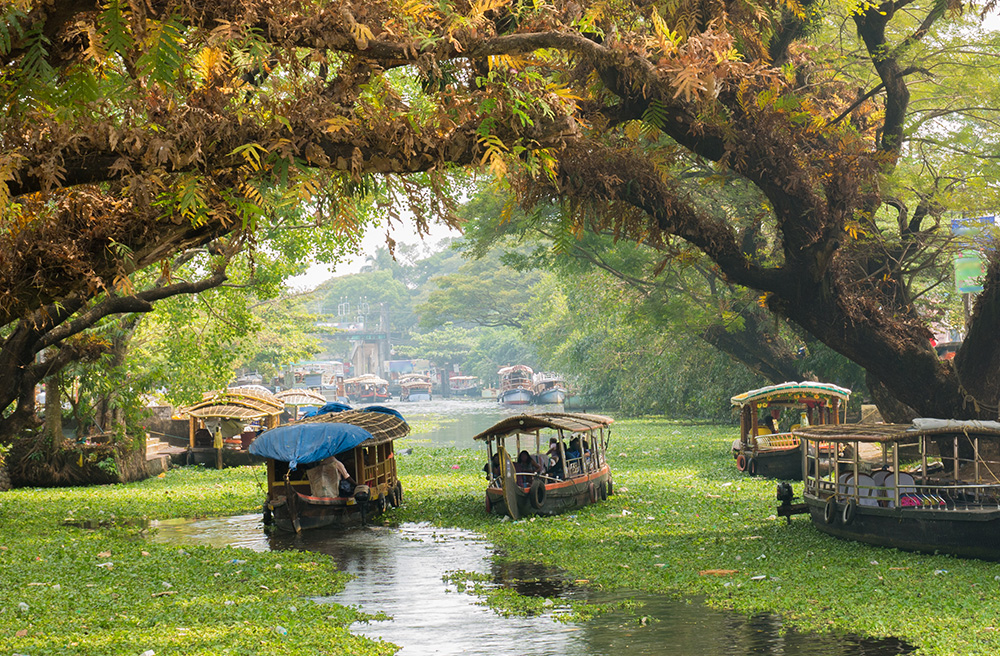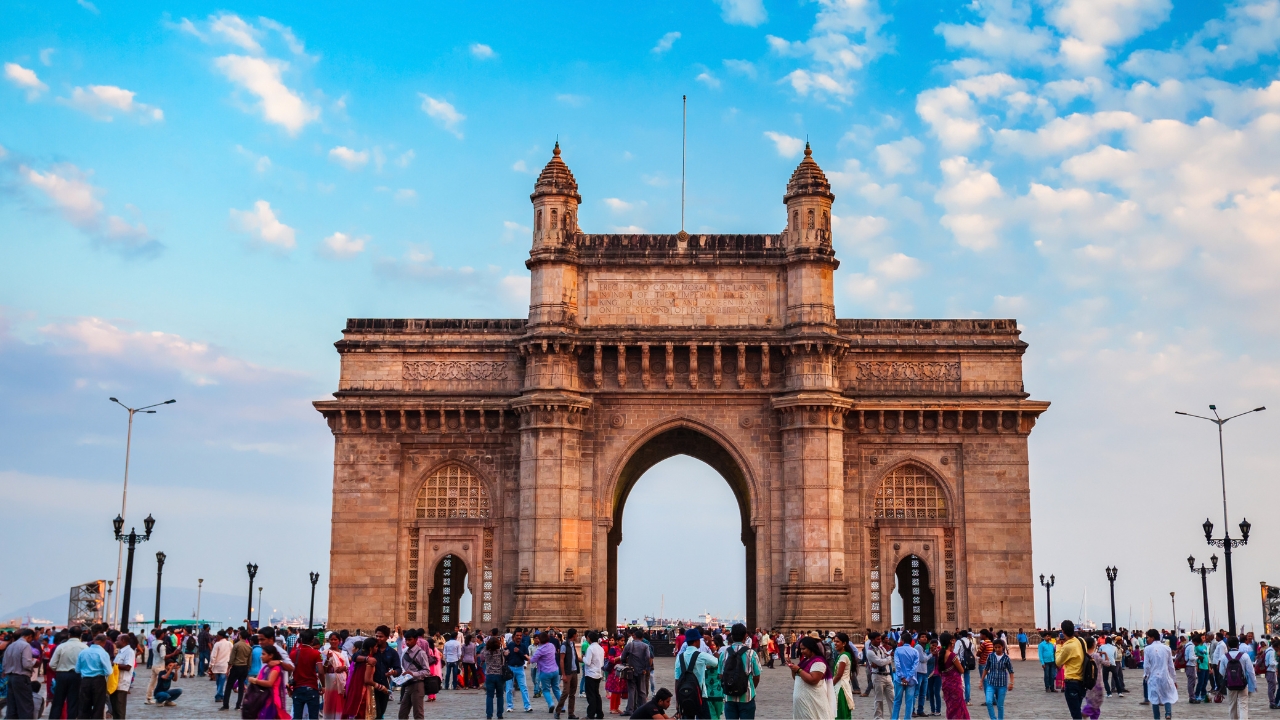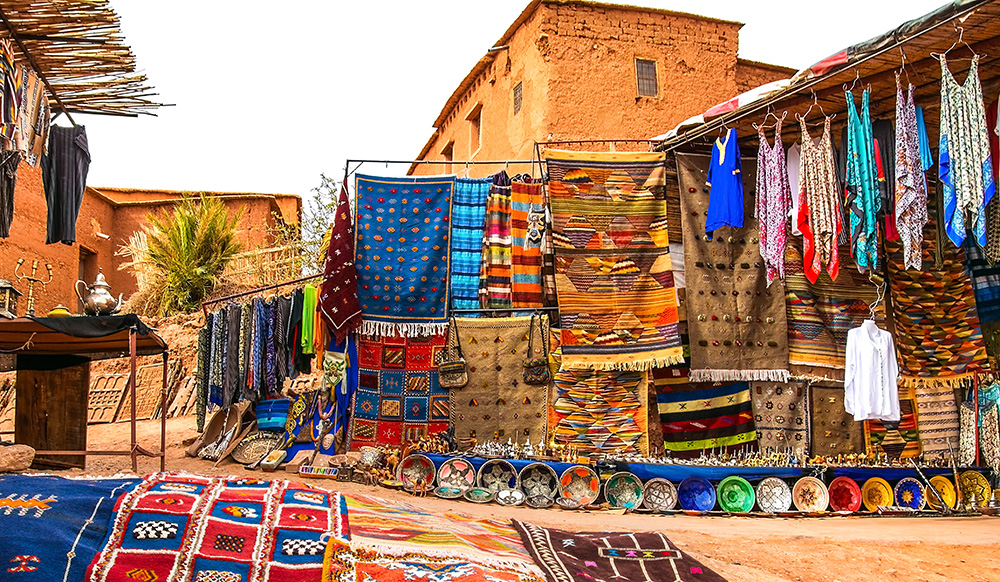

tales of travel
Stories, insights, recipes and more from all over Asia.
Best Tour Operator in Boulder Colorado

We are thrilled to share that Asia Transpacific Journeys has been officially recognized as the BEST of 2025 Boulder (80301) Award Winner in the Tour Operator category. This honor is especially meaningful to us because it was not earned through an application or a nomination. Instead, it was awarded by BusinessRate based entirely on verified data and the authentic feedback you have shared through your Google Reviews.
We are incredibly proud to be recognized as a local leader in customer satisfaction and service excellence. This achievement belongs to our wonderful community of travelers, as your stories and support are what drive us to keep exploring. Thank you for making us the top-rated choice for your transpacific adventures.
sign up for our
Newsletter
Stay current with all the latest being offered from ATJ, as
well as updates on Asia Destinations.


























